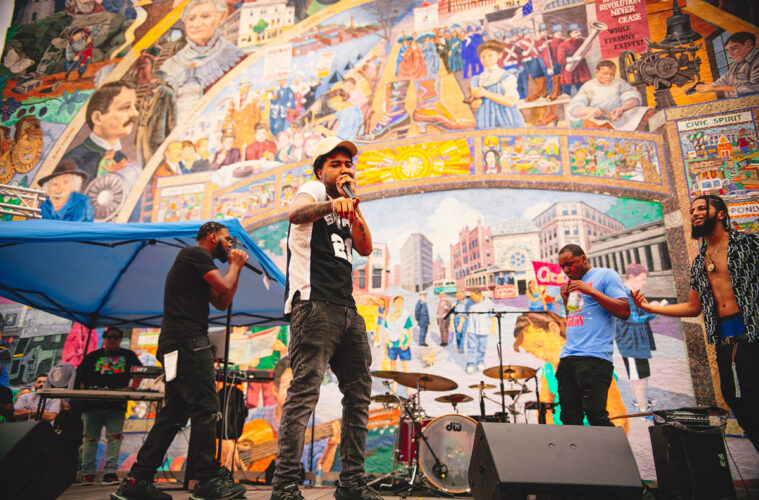For decades, the city of Lynn has had a vibrant hip-hop scene, with local performers and DJs contributing to an unmistakable sound. But by the 2010s, according to Edwin Cabrera, a local music promoter and founder of Grind House Recordings, gentrification of the industrial city and an association with violence and gang life threatened to overshadow the special culture, and he worried something unique was in danger of being lost.
Cabrera reached out to the Essex County Community Foundation (ECCF), an organization supporting regional nonprofits with resources and funding. With a special projects grant, he and his partners began to celebrate the hip-hop artists whose stories had never been told before, first with the Hip Hop Wall of Fame, a community-inspired mural project, and then with a makeshift bedroom recording studio, at the Lynn Museum, illustrating the roots of the musical movement, and later, with the creation of the Lynn Music Foundation, providing musicians with performance space, resources, and professional development opportunities. Support from ECCF allowed the foundation to provide instruments and lessons for local youth and adults, with the goal of creating a vibrant and diverse music scene in the city.
“Before ECCF, I had no idea it was possible to receive funding,” Cabrera says. “I got in touch, and they saw the potential. It was through those grants these ideas got funded.”
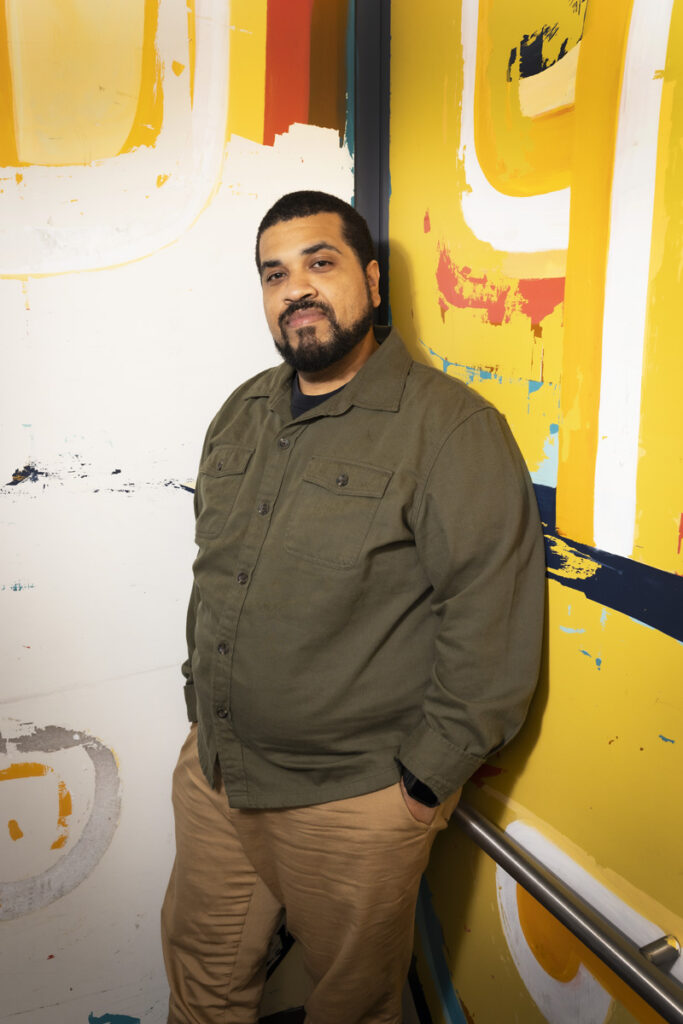

Celebrating its 25th anniversary this year, ECCF considers its mission to be strengthening the nonprofit ecosystem of the 35 cities and towns that make up Essex County, and to improve the quality of life for those who live within the region’s borders. “Fostering Connections, Building Community,” was ECCF’s first tagline, and many years later, continues to be its guiding principle.
Since receiving a grant from the Barr Foundation in 2017, ECCF has supported the region’s arts and culture sectors through the Creative County Initiative, linking artists, municipal leaders and businesses to create a strong ecosystem for creative enterprises like Cabrera’s. Sustainability, equity, and accessibility are key.
“That’s the birth of the strategy we created,” CEO Beth Francis says. “Building capacity for the artist sector so they can do more collectively.”
Not everyone signed on to the ECCF’s approach immediately. Karen Ristuben, ECCF program director for arts and culture, recalled how in the early days, one town’s mayor did not see the need for an on-staff arts liaison.
“She didn’t see that art was the business of a municipal entity,” Ristuben says. “She said, ‘You guys do what you do so well, you make us a place where people want to live and work and start business, thank you very much, but I don’t see it as being a municipal task to do anything more.’”
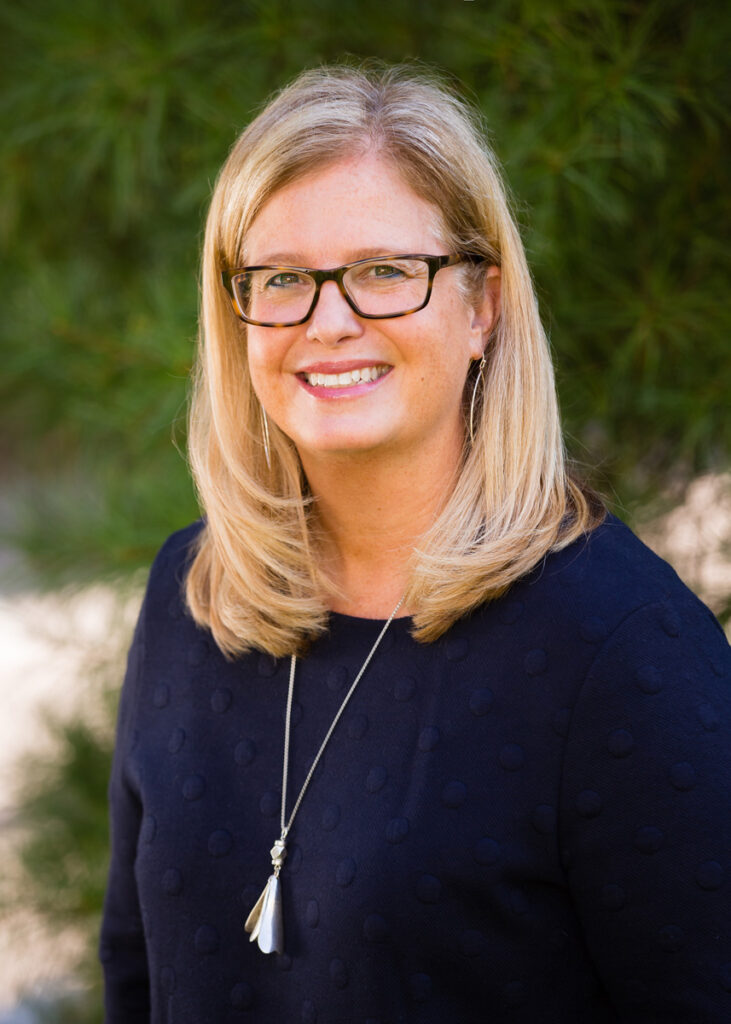
Things have certainly changed. Aaron Clausen, planner for the city of Lynn, says the city’s relationship with ECCF has helped bring partners together from across sectors to help articulate and implement the city’s vision for economic development.
“Lynn is a multicultural city, a city of immigrants,” he says. “It can be overwhelming for immigrants to go to City Hall, so we wanted to make it more accessible.” ECCF supported Lynnside Out, an event that brought the workings of City Hall to the people, along with arts, food, performance, and dancing. Clausen said city administrators were able to talk to residents about what they offer the community in a more accessible environment.
“ECCF helps us think outside the box,” he said. “They understand where we’re coming from. I think of them as early investors in ideas, concepts, programs, and artists. They get what’s happening in the community.”
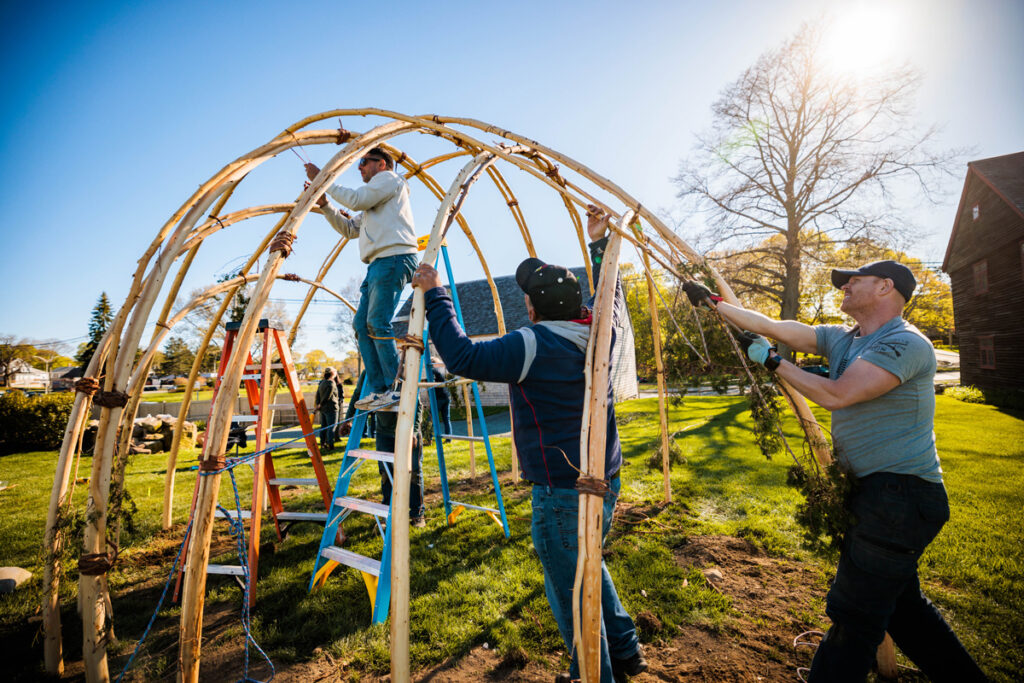
Miranda Aisling is head of education and engagement for the Cape Ann Museum in Gloucester. A Creative County Initiative partnership grant from ECCF made it possible for the museum to fund “Native Waters/Native Lands,” an exhibit marking the 400th anniversary of the settling of Gloucester and focusing on the perspective of the native peoples who were already living there. By working with the city, the anniversary organizing group and SmokeSygnals, a Wampanoag curatorial firm, the museum was able to fund the creation of a wetu, a traditional structure, on the museum grounds and a traditional canoe called a mush8n at Stage Fort Park.
“We wanted to make sure as a museum that we were telling the full story of that moment, and, because of the grant, we were able to expand the partnership to include the city of Gloucester, as well as the organizing group behind the anniversary,” Aisling said. An additional grant allowed the museum to install contemporary native art, tying the present to the past, she said.
“I think we’re working together to change the narrative in Gloucester to accurately and truthfully represent both the historic and contemporary reality of our community,” she said.
In 2019, the city of Peabody wanted to test the feasibility of building a children’s museum to revitalize its downtown. A creative placemaking grant from ECCF funded a three-month pilot pop-up called Curious City. It garnered such an enthusiastic response that it was extended several months, ultimately seeing more than 9,000 visitors. Based on its success, in 2022 the Peabody Cultural Collaborative and the City of Peabody funded a permanent museum in the heart of the city, which features 14 exhibit spaces as well as a party room and gift shop.
“It’s been beautiful to see,” said executive director Ali Haydock. “We have kids who say, ‘This is the best day of my life.’ They’ve never been to a place just for them. There’s something so special about that.”
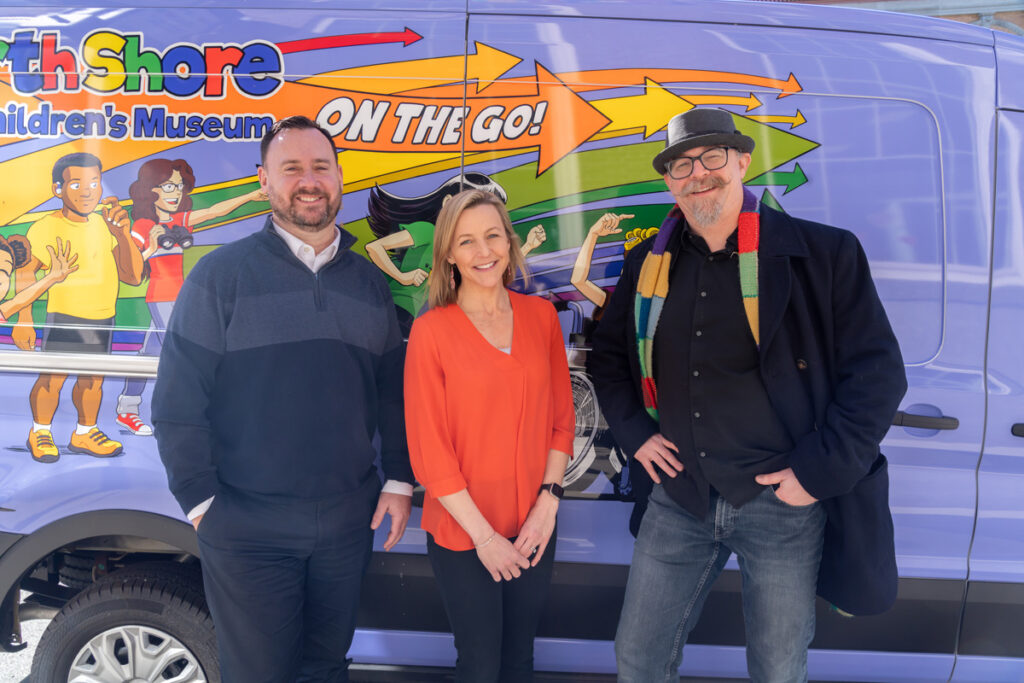
Bettencourt Jr., Ali Haydock,
and artist Dirk Tiede

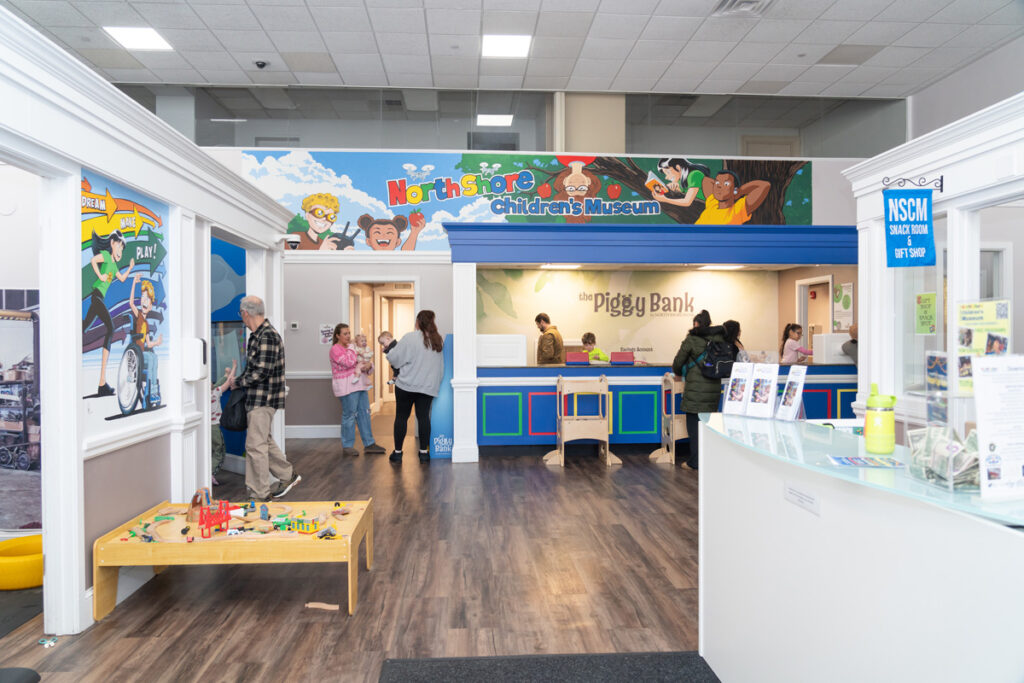
With another ECCF grant, the museum purchased a van and created a mobile museum to go to schools, daycare centers, and camps to reach children who are unable to visit the downtown museum.
“ECCF really understood our mission and allowed us to deliver,” Haydock said. “They have been a partner from day one and they are helping us innovate at the museum. They understand what it is like to be new, to need to be nimble. It was great to work with them.”
ECCF grants are also training the next generation of arts and culture leaders. Through the professional-development-oriented Changemakers program, Lisa Miller-Gillespie, founder of the Greater Lawrence Fellowship of the Arts, said training provided by ECCF was invaluable for a new nonprofit director learning to work with municipal leaders.
“Depending on your background, it can be quite intimidating. To have ECCF come in and help you have these conversations, to connect you, is invaluable,” she said. “When you have an organization providing that training and help, it makes all the difference in the world. It lightens the work and makes the arts sector stronger.”
As it faces the future, ECCF will undergo funding and other challenges. The Barr Foundation grant that started it all expires in 2026, and there are still communities that see art and culture as something “nice to have, rather than must have,” Francis said.
“Art is a way to communicate about substance-use disorders, to communicate about housing challenges,” she said. “We honestly believe if people could value art and culture for what it could do for our communities, it would improve the quality of life in Essex County. Art is happening in every one of our cities and towns, but we don’t value it the same. We don’t fund it the same. If we did, we would be different people, and the challenges we have would look and feel different.”
To learn more about ECCF, visit eccf.org.

